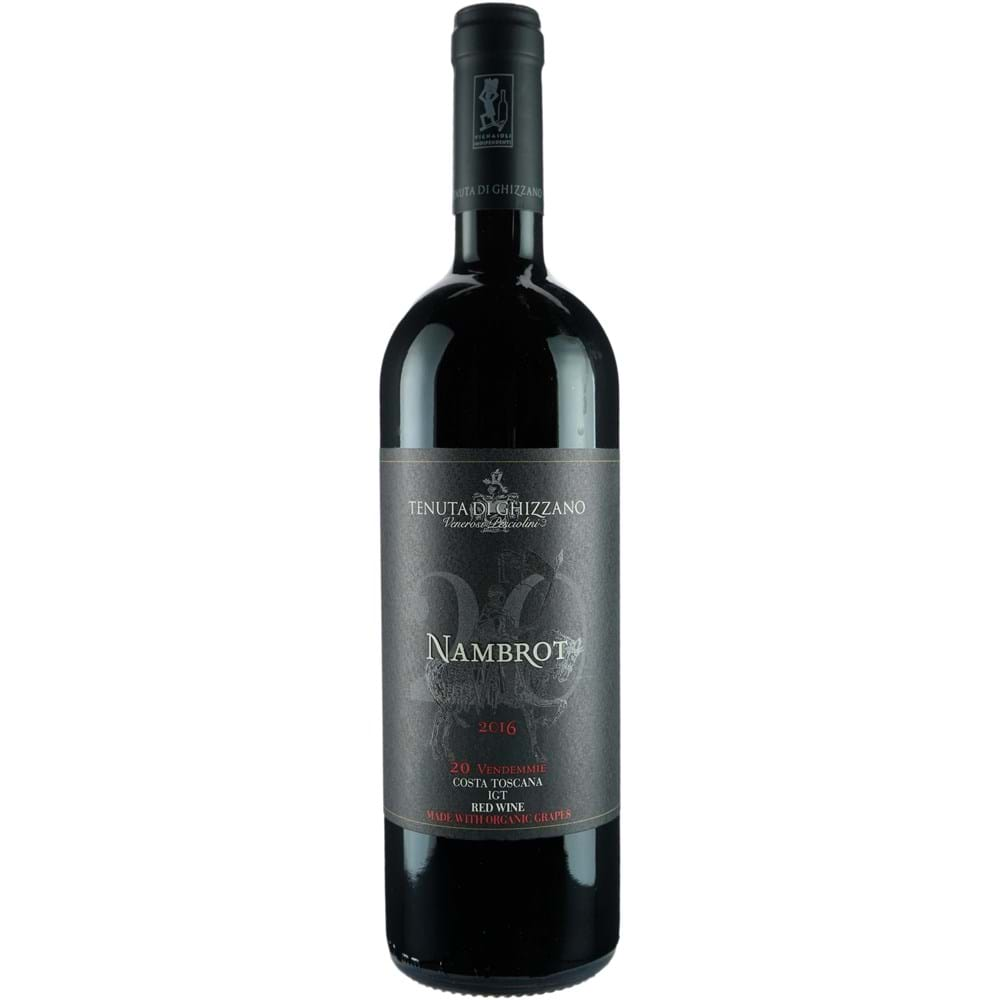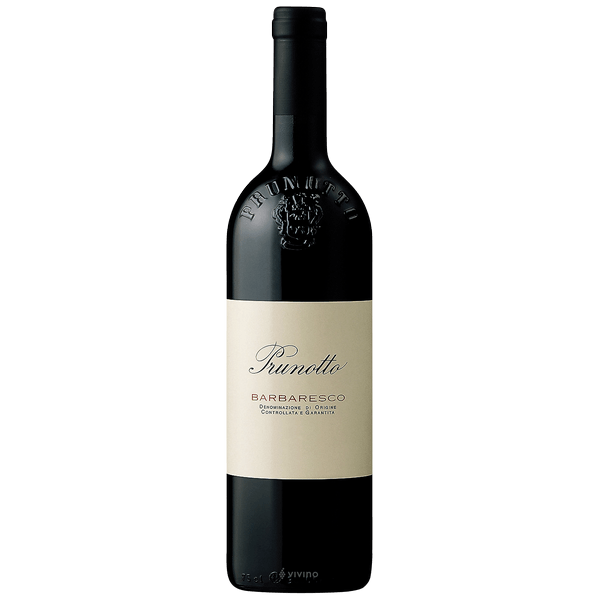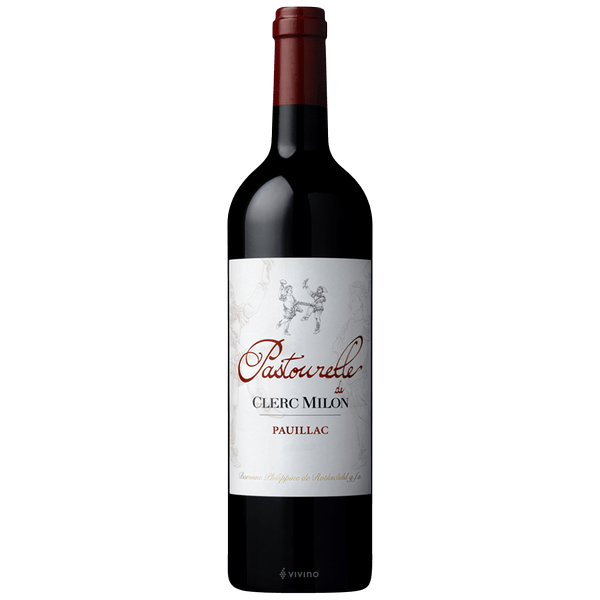2016 Tenuta Di Ghizzano Nambrot
2016 Tenuta Di Ghizzano Nambrot This deep purple colored Merlot based blend from Italy opens with a cedar plank and black plum bouquet with hints of fig, bay leaf and warming winter spices like nutmeg and cinnamon stick. On the palate, this wine is medium plus bodied with medium acidity. We also found it to be juicy and fresh.
Italian Wine
Italy – the home of Moscato, Chianti, Amarone and Prosecco – has a rich and diverse wine heritage dating back more than two thousand years. Famous for its bewildering diversity of both grape varieties and wine styles, Italy is also significant for the sheer volume of wine it produces: just over 4 billion liters (around 1.06 billion US gallons) in 2012, from 800,000 hectares (197,700 acres) of vineyards. It is rivaled in this regard only by France and Spain.
Managing and marketing such a vast wine portfolio is no easy task, particularly in today’s highly competitive wine market. The Italian government’s system of wine classification and labeling uses a four-tier quality hierarchy made up of more than 500 DOCG, DOC and IGT titles. See Italian Wine Labels.
Italy is divided into 20 administrative regions (see left), all of which produce wine to some extent, and all of which contain various wine regions. The most significant, when both quality and quantity are taken into consideration, are Tuscany, Piedmont and Veneto.
Each region has its flagship wine styles. Some are famous because they are produced in large volumes and can be found all over the world, others because of their consistently high quality. Tuscany is known for its generic Chianti, of course, but among devoted wine aficionados its Brunello di Montalcino and Vino Nobile di Montepulciano – as well as Chianti Classico – are more highly regarded. Similarly, Veneto’s vast output of Prosecco, Soave and varietal Pinot Grigio does little to boost its reputation as a fine wine region, and yet it produces one of the world’s richest, finest wines: Amarone della Valpolicella.
Related products
95 Jeb Dunnuck | 93 James Suckling | 95 Robert Parker's




